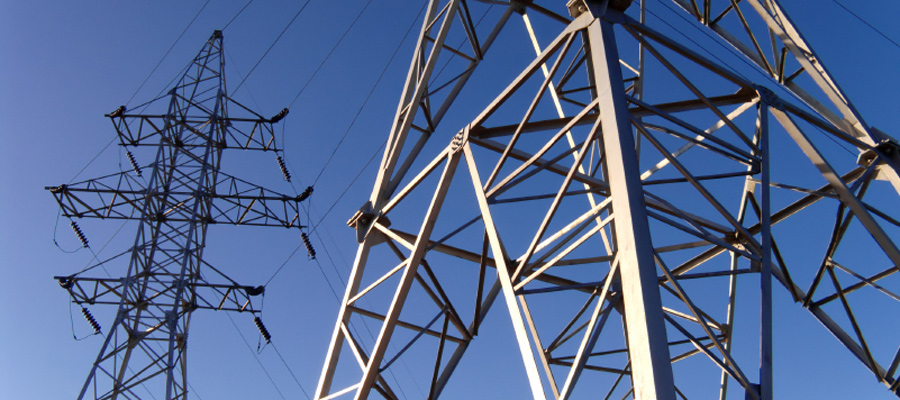When LNG plants get a special deal on Hydro rates, who pays?

It’s always telling to see who in our province is able to win special treatment from the BC government.
The BC Utilities Commission is currently reviewing residential BC Hydro rates, something they do periodically. As part of that process, the BC Public Interest Advocacy Centre (BCPIAC), on behalf of numerous organizations representing low-income British Columbians and seniors on fixed incomes, has spent the last two years trying to win a special discounted BC Hydro rate for low-income people. In the face of steeply rising BC Hydro rates, many low-income people have been finding it increasingly hard to pay their bills.
It’s been a painstaking process – a slow and expensive endeavour. BC Hydro has actively argued against such a discounted rate for low-income people despite the relatively modest cost of what is being sought. The Minister of Energy and Mines has been dismissive of low-income bill affordability measures, stating simply that the rates are already affordable.
The BC Public Interest Advocacy Centre, on behalf of numerous organizations representing low-income British Columbians and seniors on fixed incomes, has spent the last two years trying to win a special discounted BC Hydro rate for low-income people.
It turns out, however, that the provincial government is more than willing to direct BC Hydro to offer special discounted rates – as long as the discounts are for the liquefied natural gas (LNG) industry.
On November 4, the Woodfibre LNG project in Squamish became the first LNG proposal to move forward to a final investment decision. At the same time, the government and BC Hydro announced that in order to entice a final investment decision from Woodfibre LNG, a reduced electricity rate – called the “eDrive rate” – would be provided to LNG proponents that use BC Hydro electricity to power their liquefaction.
This creates a significant subsidy for these businesses – estimated at $34 million per year for the Woodfibre plant, and up to $860 million over the life of the facility. And if other larger LNG plants move forward, the cost of this subsidized LNG Hydro rate will be even greater. Notably, this special discount has been exempt from review by the BC Utilities Commission.
This decision speaks volumes about the government’s priorities. They are more than willing to offer a reduced electricity rate to the LNG industry, but have resisted giving a break to the most-vulnerable members of our communities.
Residential electricity rates in BC have risen 51 per cent over the last 11 years and are on track to rise an additional 30 per cent over the next eight years. And rates will continue to rise sharply after that if BC Hydro proceeds with multi-billion dollar projects like the Site C dam, which the government has also conveniently exempted from full public review by the BC Utilities Commission.
It turns out, however, that the provincial government is more than willing to direct BC Hydro to offer special discounted rates – as long as the discounts are for the liquefied natural gas (LNG) industry.
Over this same period, social assistance rates have remained virtually stagnant, and minimum wages and average earnings have not increased by nearly the same amount as Hydro rates. Low-income BC residents have no spare money to pay for continuously rising electricity costs, and increasingly, have to make impossible choices between basic necessities like electricity, food and medicine.
During the recent review of BC Hydro’s rate design, BCPIAC advanced proposals designed to offset the impact of electricity rate increases on the poorest people in the province. These proposals include a discounted electricity rate, a crisis intervention fund, and more-flexible payment arrangements for people facing disconnection.
These proposals are modest, and would offer relief to many who are struggling to keep the heat and lights on in their homes while having a negligible impact on other ratepayers. For example, if every eligible low-income resident applied for and received the discounted rate, which is unlikely, the cost would be roughly $27 million annually – less than the annual subsidy just extended to Woodfibre LNG. If the cost were spread out over all other residential customers, the impact on monthly bills would be in the range of 50 cents each.
Over the past several years, Premier Christy Clark has sought to hang her hard hat on the promised economic benefits of the LNG industry, but it is unfair to ask low-income British Columbians to pay to realize this goal.
Topics: Climate change & energy policy, Environment, resources & sustainability, Fracking & LNG

